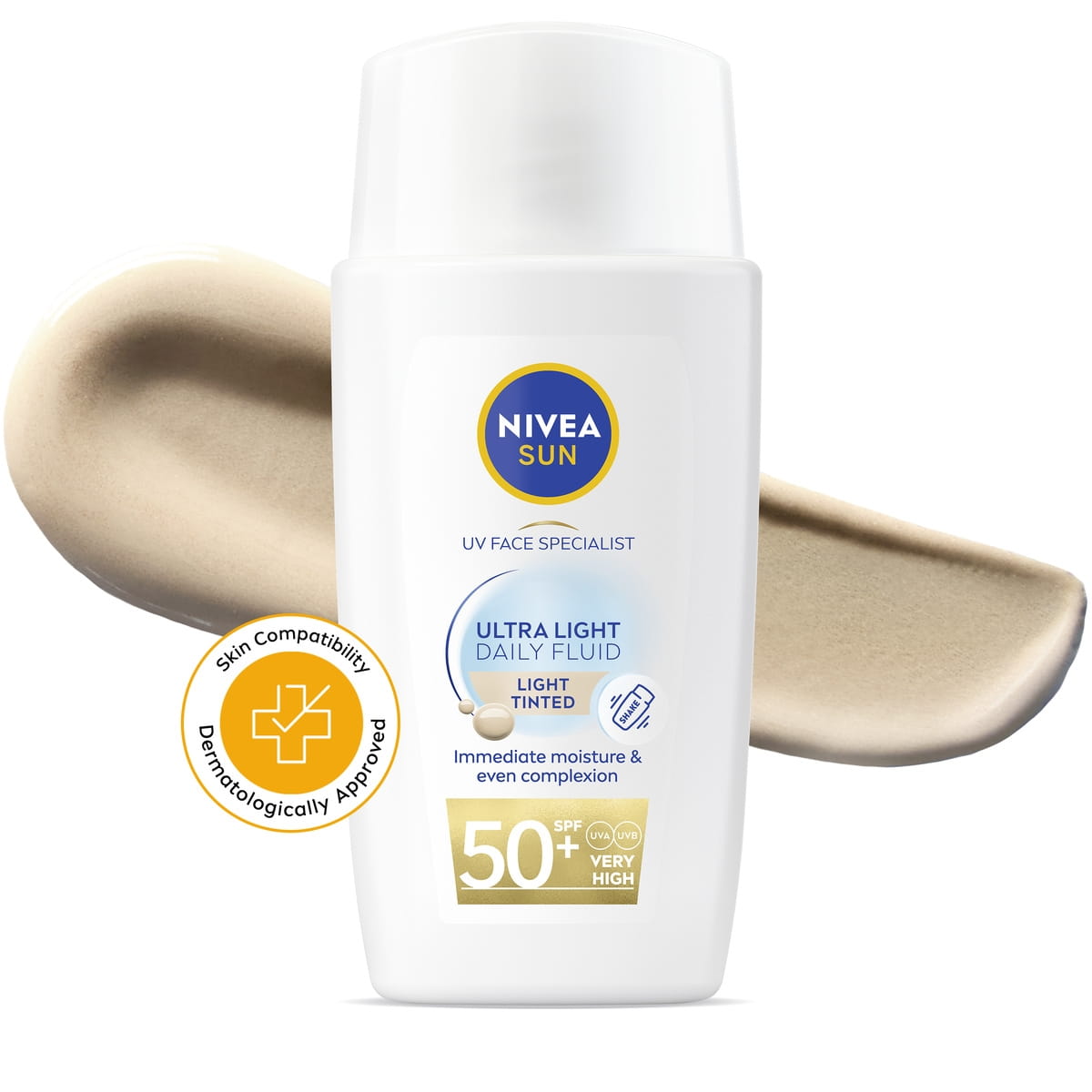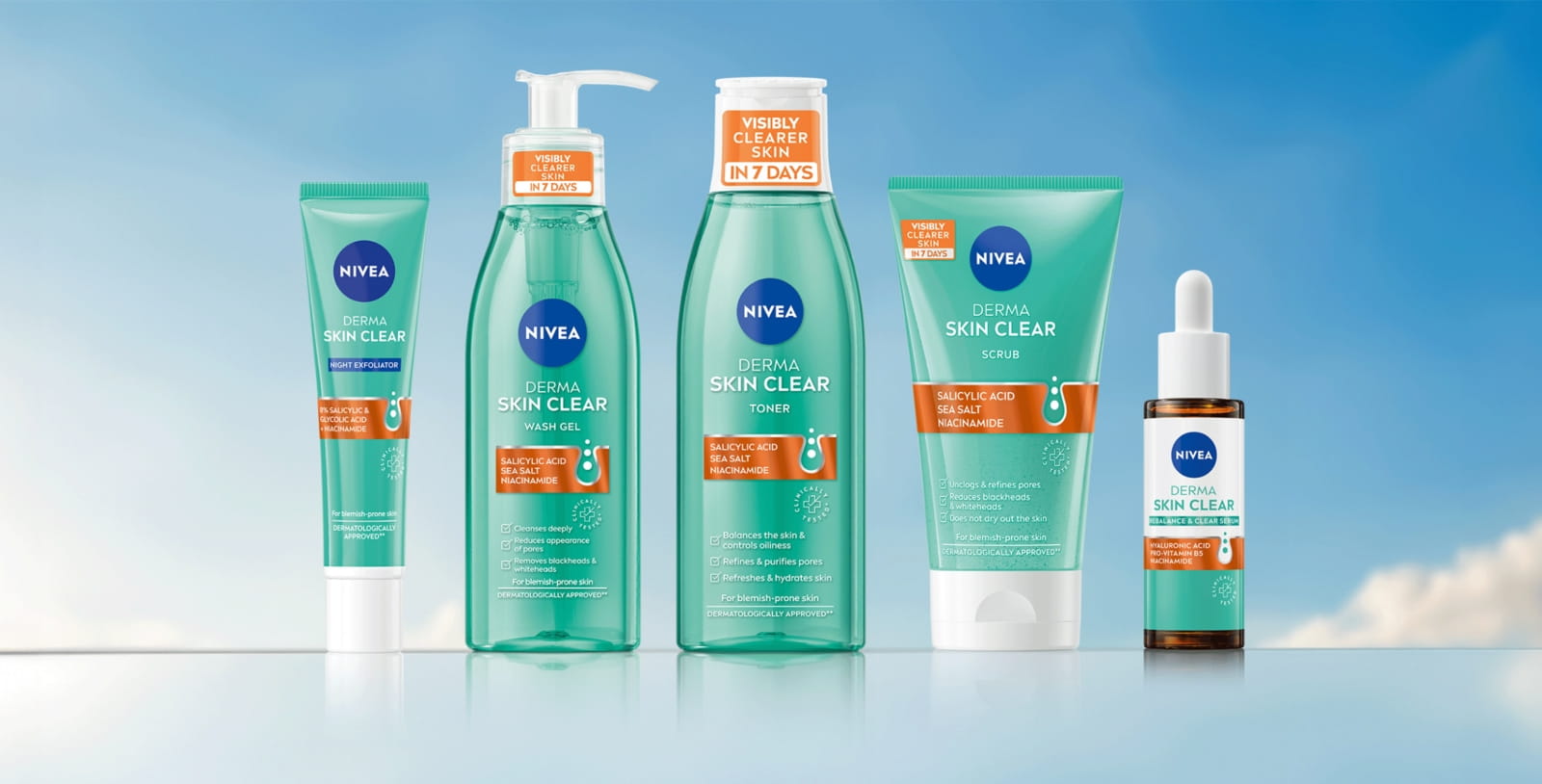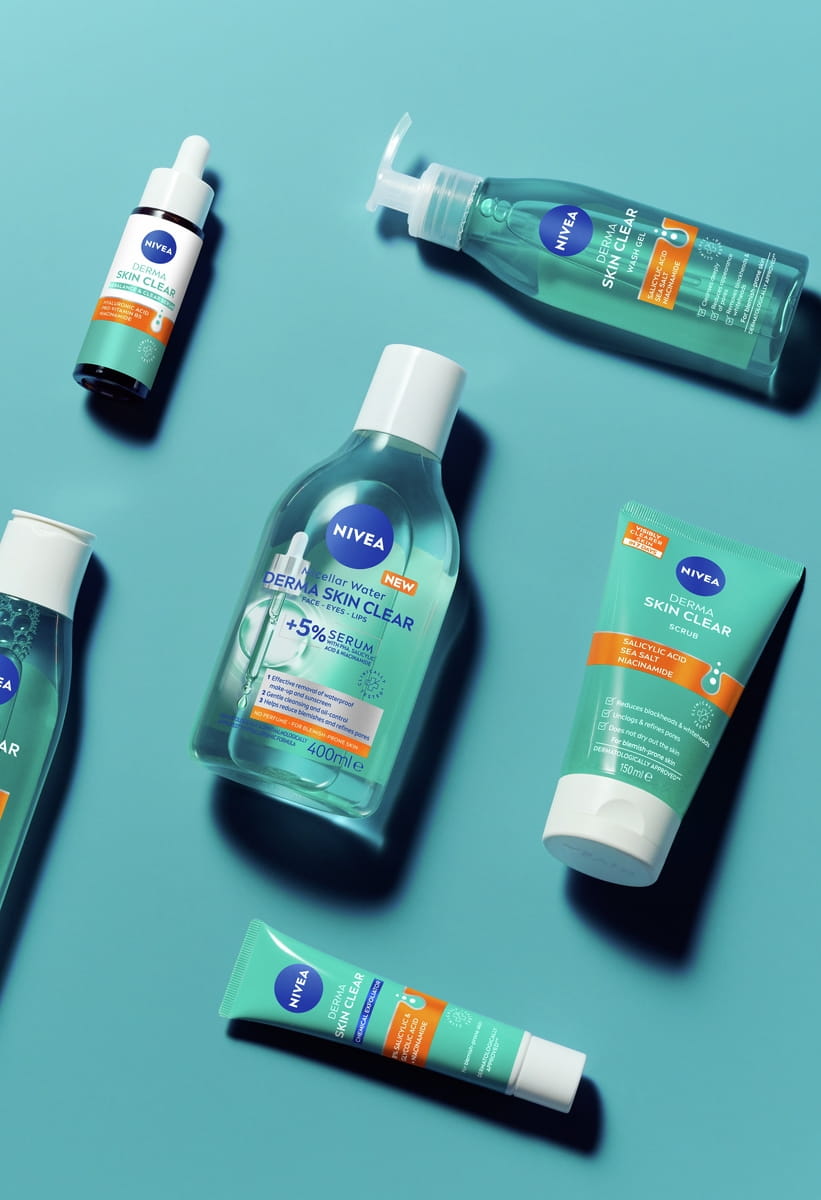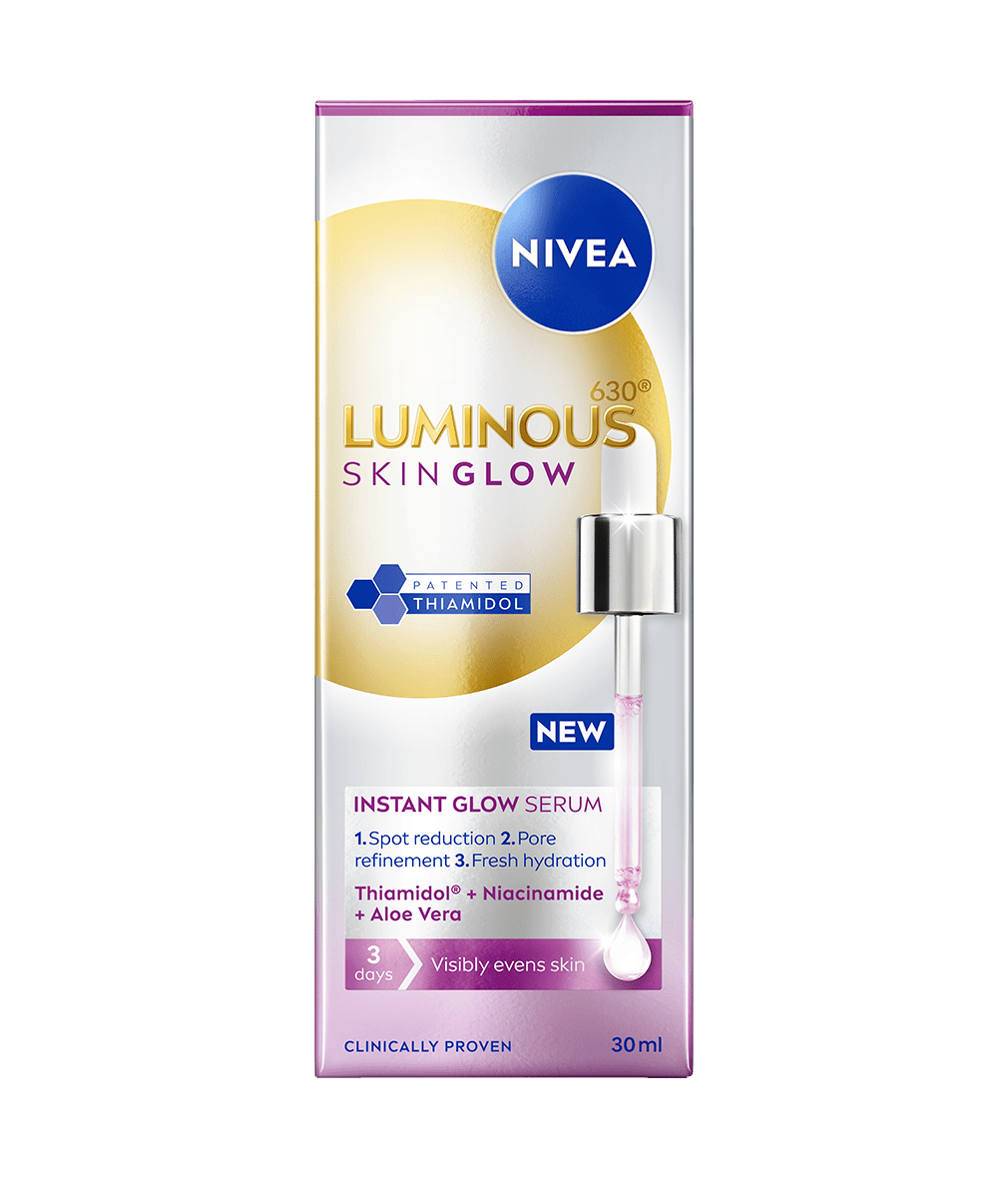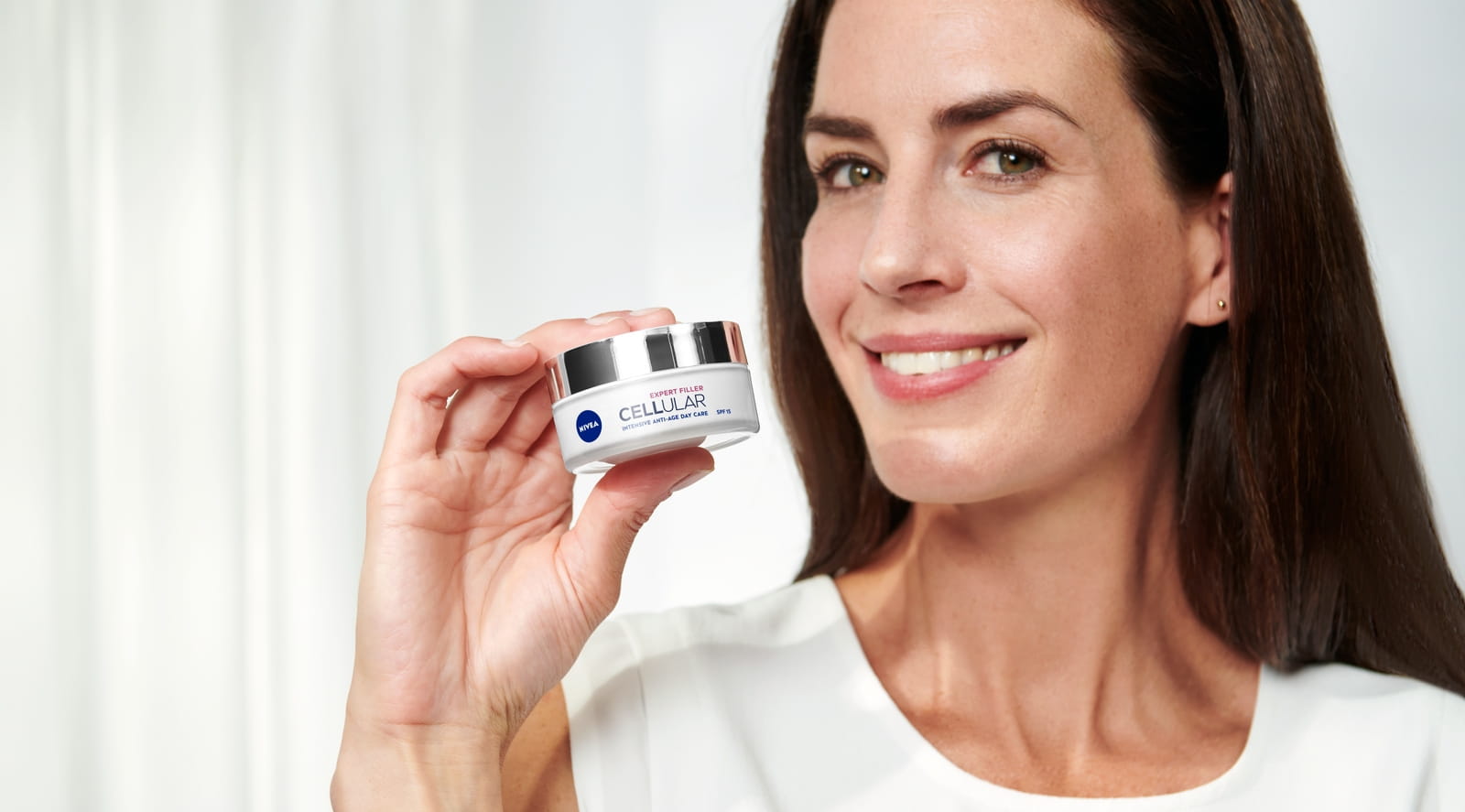
What does Niacinamide do for skin?
Niacinamide helps support smoother, more balanced skin. Discover its key benefits and how to use it in everyday skincare.
What is Niacinamide?
6 Niacinamide Benefits for Skin
Brightens and Evens Skin Tone
Niacinamide may help reduce the appearance of dark spots and discoloration by acting on melanin distribution in the skin. This can lead to a visibly brighter, more uniform complexion over time.
Calms and Soothes Irritated Skin
Thanks to its anti-inflammatory properties, Niacinamide can help relieve redness, sensitivity, and discomfort, making it ideal for those with reactive or blemish-prone skin.
Strengthens the Skin Barrier
By boosting the production of ceramides, Niacinamide helps reinforce the skin’s protective barrier. This not only improves resilience but also aids in retaining moisture and shielding skin from environmental aggressors.
Regulates Sebum, Improves Skin Texture and Pore Appearance
Regular use may help regulate sebum production, refining the look of skin texture and reducing the appearance of enlarged pores, for a smoother, more even surface.
Boosts Hydration and Moisture Retention
Niacinamide enhances the skin’s ability hold onto moisture, promoting a plumper, more hydrated look without clogging pores.
Supports Anti-Ageing Benefits
By encouraging Collagen production and improving skin elasticity, Niacinamide can help soften the look of fine lines and wrinkles, contributing to a firmer, more youthful appearance.
Niacinamide and Other Ingredients
Besides Niacinamide’s versatility and gentle nature, it is compatible with a wide range of skincare ingredients, such as:
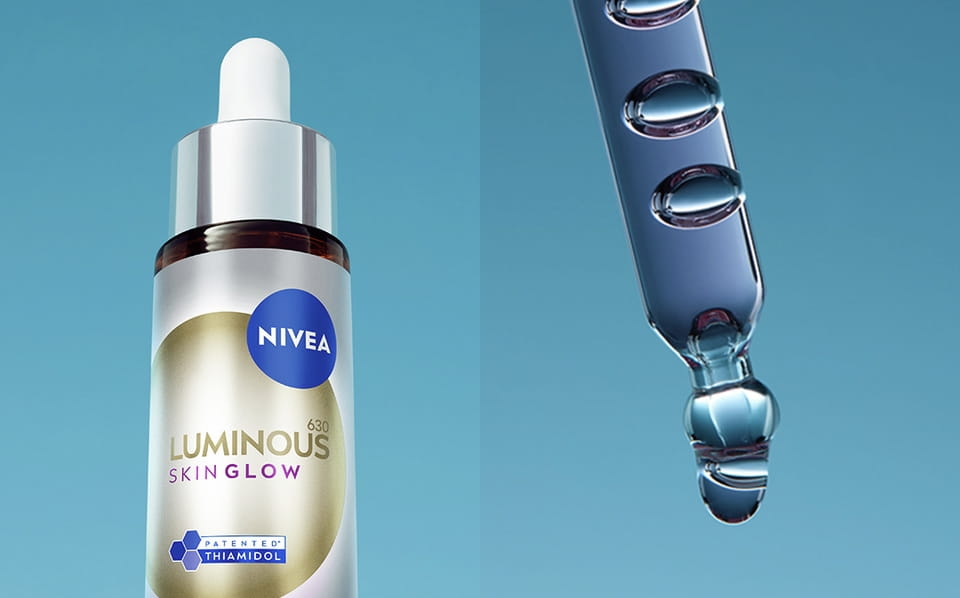
Facts Overview
Niacinamide Skincare Routine with NIVEA

